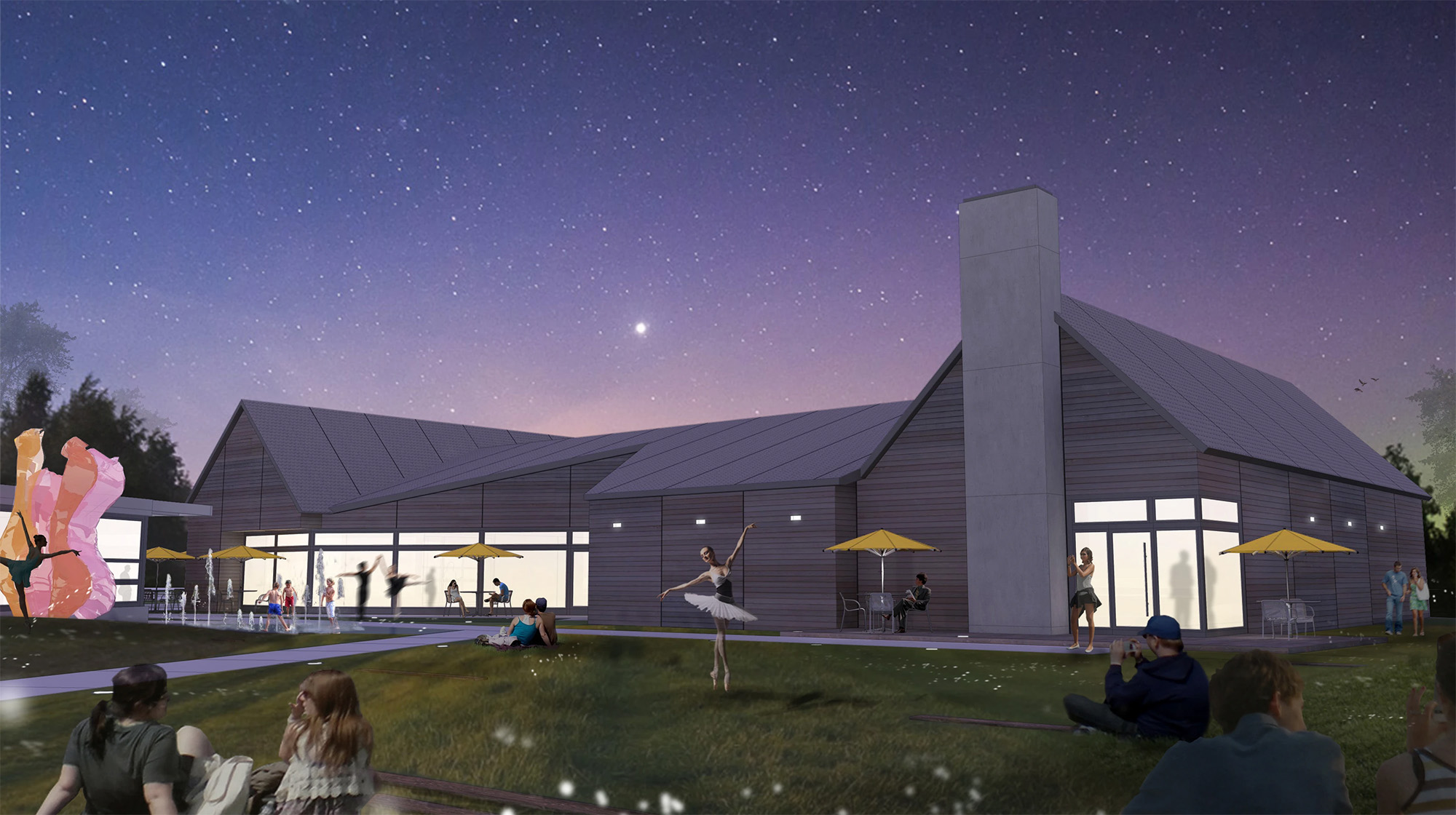MKM's Zach Benedict will be guest speaking at the Kahn Exhibit Party on Friday, September 29th from 6-8pm, at the Fort Wayne Museum of Art.

The laws and regulations that define economic development within our cities have had a direct impact on public health for centuries. In fact, modern zoning ordinances as many of us know them are a direct outgrowth of a cholera outbreak London experienced during the 1850s. Before that outbreak, land use patterns were determined primarily by the economic market, but when a contaminated water pump began to spread the disease across the city, a local physician named John Snow published a zoning map of the outbreak. These simple diagrams highlighted the impact rapid industrialization was having on our communities.
As cities across the world dealt with the frequency of health epidemics, strategic zoning requirements were developed to protect citizens’ health. These requirements were the beginning of land use zoning. In the early 20th century, this trend inspired movements like Frederick Law Olmsted’s City Beautiful and Ebenezer Howard’s Garden City, new models for city planning that dedicated themselves to improving the quality of life for the masses.
By the 1930s, cities were able to effectively control disease and, with effective advancements in medicine, had refocused their interests towards the economy. As these priorities shifted, so did our zoning practices. With a growing infatuation with the automobile, postwar development throughout America enthusiastically embraced suburban living. However, the growth of the suburbs came with consequences.
In “Bowling Alone: The Collapse and Revival of American Community,” Robert Putnam shows the correlation between suburban sprawl and well-being. The faster our suburbs grew, so did our rates of isolation, depression and obesity – positioning placemaking as a critical component to sustainable economic development. As Putnam states, “Community connectedness is not just about warm fuzzy tales of civic triumph. In measurable and well-documented ways, social capital makes an enormous difference in our lives. Social capital makes us smarter, healthier, safer, richer and better able to govern a just and stable democracy.”
In many ways, “well-being” is the modern epidemic, one that cities are beginning to understand and prioritize. Gallup-Healthways’ 2015 Community Well-Being Rankings measured communities on five indicators:
Purpose: Liking what you do each day and being motivated to achieve your goals.
Social: Having supportive relationships and love in your life.
Financial: Managing your economic life to reduce stress and increase security.
Community: Liking where you live, feeling safe and having pride in your community.
Physical: Having good health and enough energy to get things done daily.
Out of the 190 cities examined, Fort Wayne placed 166th overall. While we placed 58th in the “financial” rankings, we placed last (190th) within the “social” category. As our community looks to the future, outlining transformational projects aimed to redefine our “Road to One Million,” our ability to have “supportive relationships” will be a critical indictor of our own success.
Good places don’t simply regulate development; they enhance our well-being.
The article first appeared in the November 2016 issue of Fort Wayne Magazine and was also featured in fortwayne.com’s Eyes on the Street.


